Table of content
Cooking frozen raw beef might seem daunting at first, but with the right approach, it can yield tender, flavorful dishes that rival those made with fresh meat. Whether you forgot to thaw your steak or simply prefer the convenience of cooking from frozen, mastering this skill can save time and reduce food waste. This article explores the science behind cooking frozen beef, shares expert techniques, and provides mouthwatering recipes to elevate your culinary repertoire.
Understanding the Challenges of Cooking Frozen Beef
Frozen beef presents unique challenges compared to its thawed counterpart. Ice crystals within the meat can alter texture, and uneven thawing may lead to overcooked edges or undercooked centers. However, modern cooking methods and kitchen tools have made it easier than ever to achieve consistent results. The key lies in adjusting cooking times, temperatures, and techniques to accommodate the frozen state.
Thawing vs. Cooking Directly from Frozen
Before diving into recipes, it’s essential to decide whether to thaw your beef or cook it directly from frozen. Each approach has pros and cons:
-
Thawing Methods
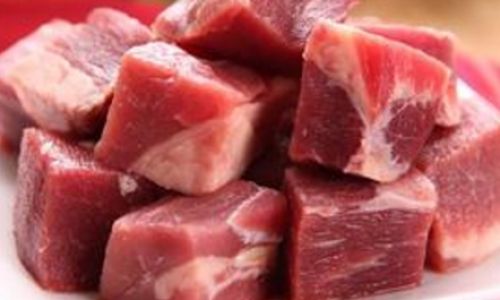
- Refrigerator Thawing: Safest but slowest (24+ hours for large cuts).
- Cold Water Bath: Faster (1–3 hours) but requires submerging the meat in airtight packaging.
- Microwave Thawing: Quickest but risks partial cooking.
-
Cooking from Frozen
- Pros: Saves time, retains moisture in some cuts.
- Cons: Longer cooking times, risk of uneven cooking.
For busy cooks, cooking from frozen is a game-changer. However, thinner cuts like ground beef or thinly sliced steak adapt better to this method than thick roasts.
Essential Tools for Cooking Frozen Beef
To succeed, equip your kitchen with:
- Instant-Read Thermometer: Ensures meat reaches safe temperatures (145°F/63°C for medium-rare steak, 160°F/71°C for ground beef).
- Heavy-Bottomed Skillet: For searing and even heat distribution.
- Slow Cooker or Pressure Cooker: Ideal for tenderizing tough cuts.
- Sharp Knife: For slicing frozen meat (if recipe requires).
Cooking Techniques for Frozen Beef
Searing and Roasting
Method:
- Preheat oven to 275°F (135°C).
- Heat oil in a cast-iron skillet over high heat.
- Sear frozen steak for 3–4 minutes per side to develop a crust.
- Transfer to oven and roast until internal temp reaches 125°F (52°C) for medium-rare.
- Rest for 10 minutes before slicing.
Why It Works: Low-and-slow roasting after searing breaks down tough fibers without overcooking the exterior.
Slow Cooking
Method:
- Place frozen beef (e.g., chuck roast) in a slow cooker with broth, vegetables, and spices.
- Cook on low for 8–10 hours or high for 4–5 hours.
Why It Works: Moist heat gently tenderizes connective tissues, transforming tough cuts into fork-tender stews.
Grilling
Method:
- Preheat grill to medium-high.
- Grill frozen burgers or thin steaks for 6–8 minutes per side, flipping occasionally.
- Use a meat thermometer to avoid overcooking.
Why It Works: Direct heat caramelizes the surface while the interior thaws and cooks evenly.
Stir-Frying
Method:
- Slice frozen beef into thin strips (partial thawing helps).
- Stir-fry in a hot wok with oil, garlic, and soy sauce for 5–7 minutes.
Why It Works: High heat and quick cooking preserve tenderness in thin slices.
Sous-Vide
Method:
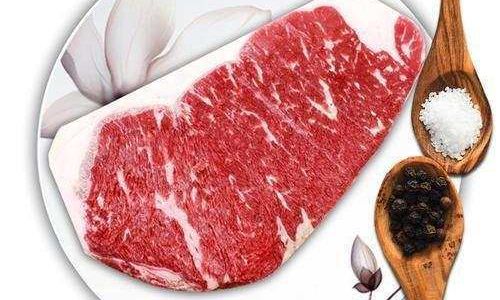
- Vacuum-seal frozen beef with herbs and butter.
- Cook in a water bath at 130°F (54°C) for 2–3 hours (steak) or 12–24 hours (tough cuts).
Why It Works: Precision cooking ensures edge-to-edge doneness without overcooking.
Recipes to Try
Classic Frozen Beef Stew
Ingredients:
- 2 lbs frozen beef stew meat
- 4 cups beef broth
- 2 carrots, chopped
- 2 celery stalks, chopped
- 1 onion, diced
- 3 garlic cloves, minced
- 2 tbsp tomato paste
- 2 tbsp flour
- 1 tbsp olive oil
- 1 tsp thyme
- Salt and pepper
Instructions:
- Sear frozen beef in oil until browned (5–7 minutes).
- Add vegetables and garlic; sauté 3 minutes.
- Stir in flour and tomato paste; cook 2 minutes.
- Pour in broth, thyme, salt, and pepper.
- Simmer on low for 2.5–3 hours until tender.
Tip: Serve with crusty bread for dipping.
Spicy Frozen Beef Stir-Fry
Ingredients:
- 1 lb frozen beef sirloin, thinly sliced
- 2 tbsp vegetable oil
- 1 red bell pepper, sliced
- 1 cup snap peas
- 3 tbsp oyster sauce
- 2 tbsp soy sauce
- 1 tbsp sriracha
- 1 tbsp ginger, grated
- 2 garlic cloves, minced
Instructions:
- Heat oil in a wok; stir-fry beef for 4–5 minutes.
- Add vegetables, ginger, and garlic; cook 3 minutes.
- Toss with sauces; serve over rice.
Tip: Marinate beef in sauce ingredients for 30 minutes before cooking for extra flavor.
Herb-Crusted Frozen Roast Beef
Ingredients:
- 3 lbs frozen beef roast (eye of round)
- 1/4 cup Dijon mustard
- 1/4 cup fresh rosemary, chopped
- 1/4 cup fresh parsley, chopped
- 3 garlic cloves, minced
- 2 tbsp olive oil
- Salt and pepper
Instructions:
- Preheat oven to 275°F (135°C).
- Rub roast with mustard, herbs, garlic, oil, salt, and pepper.
- Roast for 4–5 hours until internal temp reaches 135°F (57°C).
- Rest 20 minutes; slice thinly.
Tip: Use leftover roast for sandwiches or salads.
Smoky BBQ Frozen Beef Burgers
Ingredients:
- 1 lb frozen ground beef patties
- 1/2 cup BBQ sauce
- 1 tbsp smoked paprika
- 1 tsp garlic powder
- 4 brioche buns
- Lettuce, tomato, and onion for serving
Instructions:
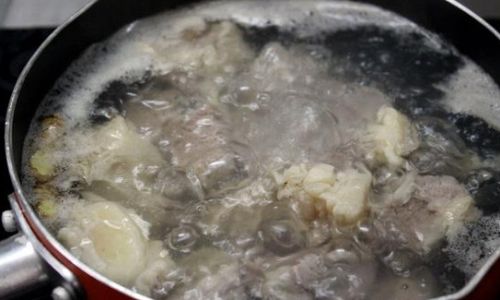
- Grill burgers on medium-high for 6–8 minutes per side.
- Brush with BBQ sauce during last 2 minutes.
- Serve on buns with toppings.
Tip: Add cheese 1 minute before removing from grill.
Teriyaki Frozen Beef Skewers
Ingredients:
- 1 lb frozen beef cubes (sirloin or flank)
- 1/2 cup teriyaki marinade
- 1 red onion, cubed
- 1 bell pepper, cubed
- 1 tbsp sesame seeds
Instructions:
- Thread beef and vegetables onto skewers.
- Brush with teriyaki marinade.
- Grill for 10–12 minutes, turning occasionally.
- Garnish with sesame seeds.
Tip: Soak wooden skewers in water 30 minutes before grilling.
Tips for Success
- Marinate Early: Even frozen meat absorbs flavors. Marinate before freezing or during thawing.
- Season Generously: Freezing can dull flavors, so add extra salt, pepper, and spices.
- Avoid Overcooking: Use a thermometer to prevent dryness.
- Slice Against the Grain: Ensures tenderness in cooked meat.
- Rest Before Slicing: Allows juices to redistribute.
Common Questions Answered
Q: Is cooking frozen beef safe?
A: Yes, as long as it reaches 160°F (71°C) for ground beef or 145°F (63°C) for steaks.
Q: Will frozen beef taste as good as fresh?
A: With proper techniques, the difference is minimal. Slow cooking and marinating help.
Q: What cuts work best for cooking frozen?
A: Ground beef, thin steaks, and stew meat thaw and cook evenly. Avoid thick roasts.
Q: Can I add marinade to frozen beef?
A: Yes! Apply marinade before freezing or during cooking.
Q: How do I reheat leftover cooked frozen beef?
A: Reheat gently in a low oven or microwave with a splash of broth to retain moisture.
Conclusion
Cooking frozen raw beef doesn’t have to be a compromise. By understanding the science of freezing, selecting the right techniques, and experimenting with flavors, you can create restaurant-quality meals with minimal effort. Whether you’re searing a steak, simmering a stew, or grilling burgers, frozen beef offers convenience without sacrificing taste. Embrace the freeze—your future self (and your dinner guests) will thank you.
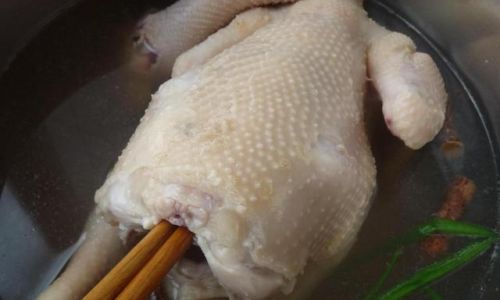

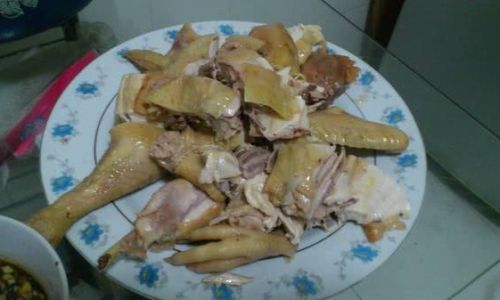
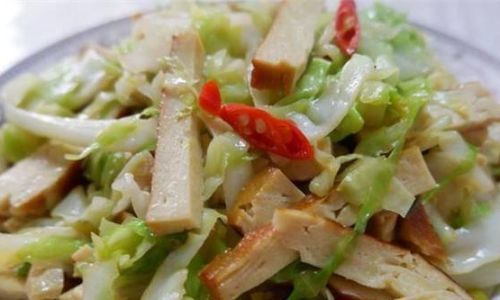
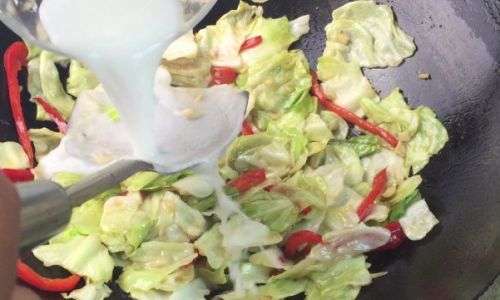
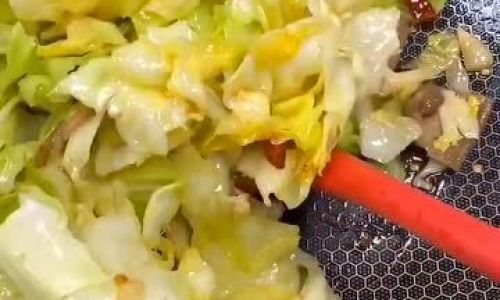
0 comments